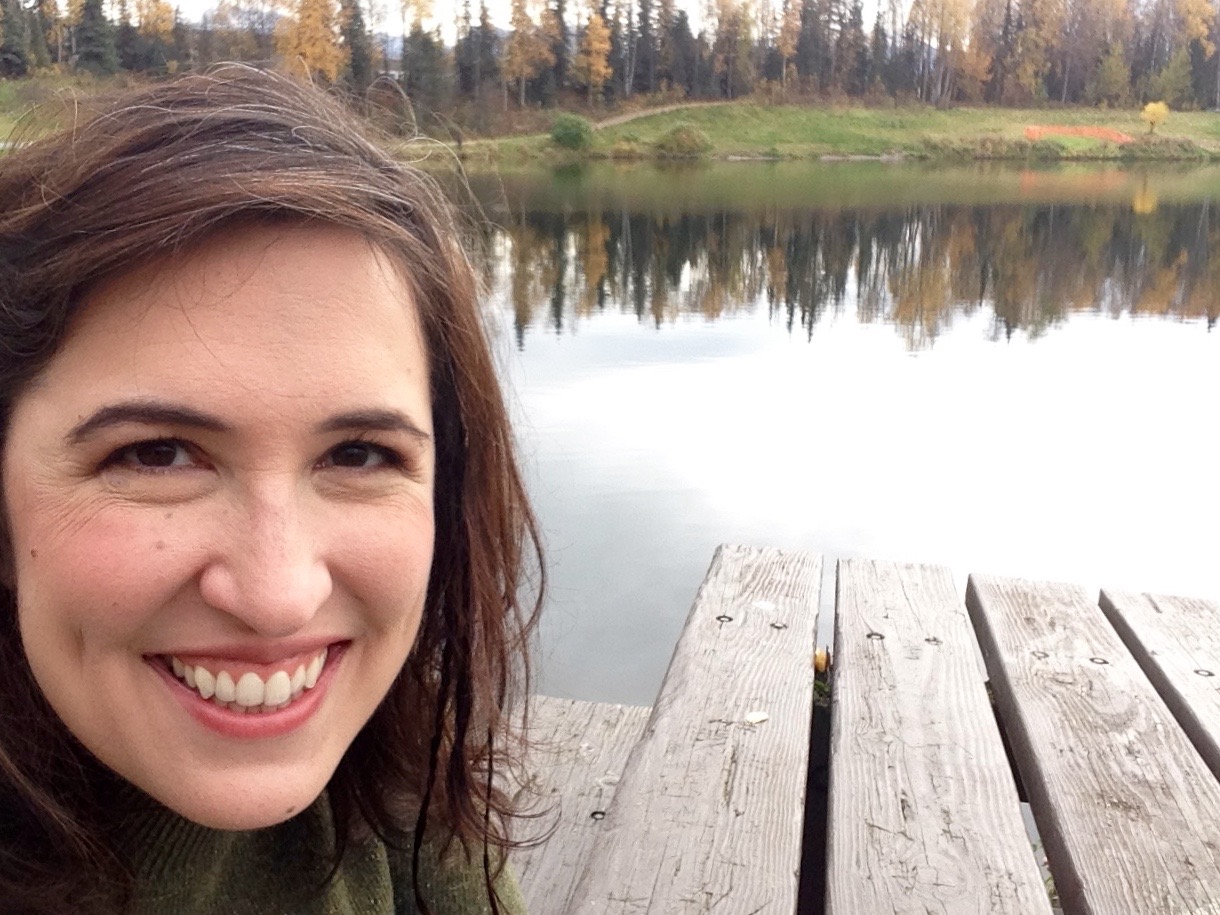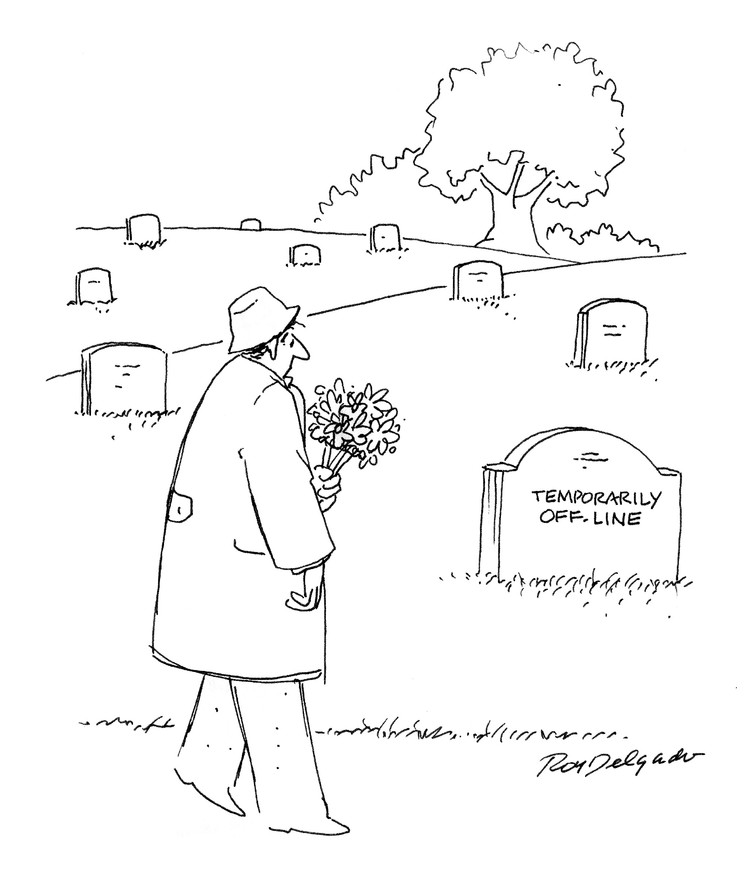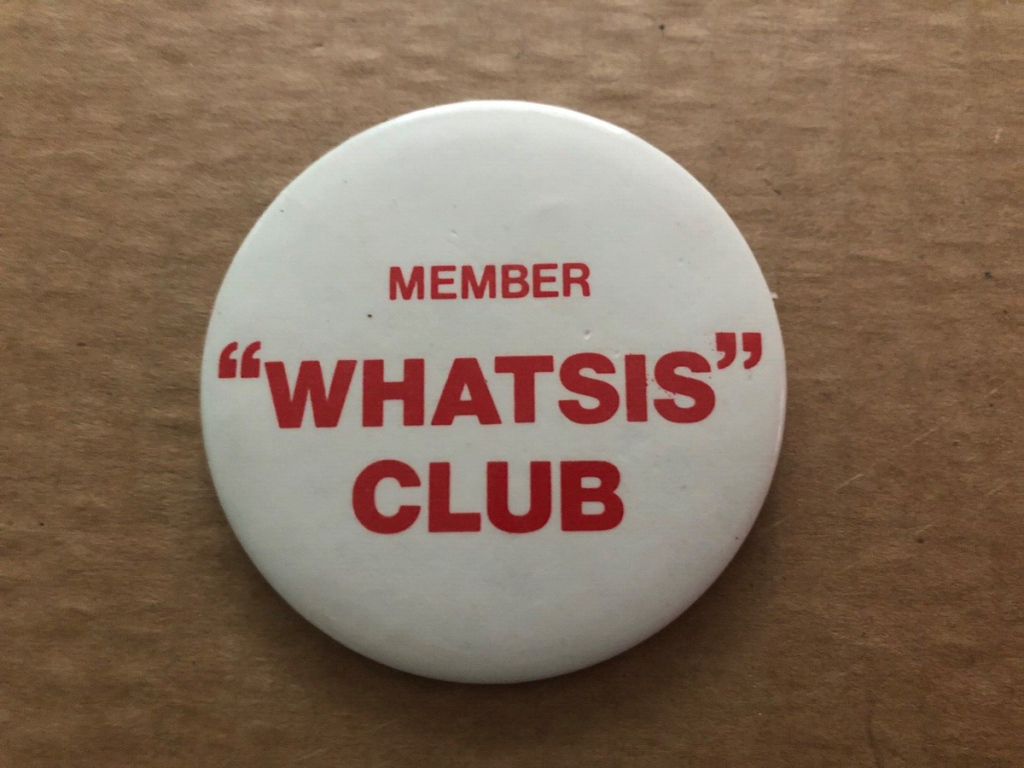These days when a loved one dies, we don’t stop clocks and don black for months. There is no sackcloth. Often, we can’t even make it to the funeral.
Death, it seems, has been stuffed into the shadows. In a society where people live long and die in facilities, we are relatively cleansed of morbidity.
Yet there is one place where death has come into the light. There, death intermingles with everyday life as it did in generations past—boldly, as if it (gasp) never went away.
Death is alive online.
Social media has ushered in a renewed era of public mourning. There are new mourning traditions—and new clashes over mores.
Stoicism has ruled for generations. And that hasn’t necessarily been good.
As we sort through what is allowable, healthy and helpful in this new world, one unchanging truth lies beneath the surface: everything we’re doing now—all the rituals and debates—has exact parallels in digital-free yesterdays. Grief, it turns out, provides a fascinating connection to our forebears—and even a glimpse into the likely future.
When Mourning Walked among Us
The Victorian era was a heyday for mourning. Strict rules of etiquette affected every part of life, and grief guidelines were extensive. Widows, for example, wore mourning garb for months or years. For Victorians, mourning wasn’t just not hidden; it walked around in everyday society, visible and tangible.
“And this was the 19th century, so people experienced deaths a lot more often,” Kate Sweeney, author of American Afterlife (2014), said in an email interview. “There was a LOT of mourning and mourning behavior going around.”
In the 20th century, with hospitals, nursing homes, and young people just plain not dying as often, death receded from view and public mourning grew passé. “Grief was tacky; it was outdated. Now, having control over your grief was honored and respected,” Sweeney said.
Stoicism has thus ruled for generations. And that hasn’t necessarily been good.
When researching her book, which is about American mourning traditions, Sweeney found that many mourners today feel alienated. People act awkwardly around them, not knowing what to do. “Death is just not expected to happen to us—to you and me,” she said. “It’s not part of the American narrative of life, which is so focused on youth and success and triumph and winning.”
But that denial is beginning to wane.
Mourning Goes Public Again
Americans’ bottled-up grief was bound to start seeping out sometime. And in the last few years, it has finally found a crack—not in social rules but in social media.
Many people today do their public mourning online. They do it in whatever way feels right to them. And what feels right just so happens to echo the past.
Victorians wore jewelry with dead loved ones’ pictures. Facebook mourners change their profile photos to depict the deceased.
Victorians took photos of corpses to remember their loved ones. Search the hashtag #RIP on Twitter, and believe it or not, you might find a dead body or two in hospital beds.
Even traditionally private grieving activities have been made public. Dead people’s Facebook profile pages have become virtual gravesites, where mourners speak to the dead publicly, writing messages on their walls.
A deceased friend’s Facebook page can make it seem like he’s still alive. Or like he’s frozen or trapped in a virtual world.
Such personal expressions—messages both to the deceased and about them—incite the biggest disagreements about online mourning: Should grief be displayed in such a public way in such casual media? Should devastated declarations appear in the midst of celebrity news and what your friends ate for dinner?
“Some people who aren’t social media users just truly can’t wrap their brain around why somebody would find those things helpful,” said Carla Sofka, PhD, MSW, a professor of social work at Siena College in New York who studies social media mourning. That may be due to both personality and lack of familiarity with these outlets.
Some people who share personal grief online find this easier than expressing it face-to-face, Sofka said. Plus, they can get immediate support through kind responses from friends—day and night.
And these days, there’s not always a funeral service where they’re able to share stories in person.
“Our society is one of the few places where there are a number of people that would, for example, have cremation and no services,” said Ashley Cozine, director of a funeral home and treasurer for the National Funeral Directors Association. “Most every other society in the world has some kind of ritual or service or ceremony to recognize the fact that a loved one has died.”
“As we share the memories, it helps us mourn,” said Kenneth J. Doka, a professor of gerontology at the Graduate School of The College of New Rochelle and senior consultant to the Hospice Foundation of America. “It’s a way of saying this person mattered, this person counted, this person was part of our lives.”
The Disenfranchised Welcome Here
One important aspect of mourning is celebrating and honoring the dead person’s life. Pre-Internet, this was partly accomplished through newspapers. But unless you were well known, you probably only got a short obituary—or nothing.
“Mainstream newspapers appeared not to notice the deaths of the vast majority of African Americans,” wrote Janice Hume in Obituaries in American Culture (2000). “Children, the poor, socially outcast, or disabled Americans also failed to fit a social ideal that would allow them to be part of public memory.”
The Internet has changed that. Now, anyone’s story can be published. And anyone can publish a story—including previously disenfranchised mourners, such as friends (traditionally pushed aside for family members) and people grieving due to a taboo form of death, like suicide.
“If there is a piece of the loss that’s ostracizing or hard for people to publicly talk about, sometimes cyberspace can provide a more comfortable place for people to be open about that,” said Sofka, who’s co-editor of Dying, Death, and Grief in an Online Universe (2012).
The Internet even allows previously out-of-luck out-of-towners, overseas soldiers and homebound family members to be brought into the mourning fold—not only through social media but also sometimes through webcast funerals.
The Immortal, Digital Self
One of the most fascinating aspects of online mourning is the concept of the digital afterlife. Society has finally found a form of immortality: social media profiles.
After death, unless a designated loved one takes down your accounts, you remain present, in a sense, online.
To complicate things, Facebook is often a main way—or the only way—people keep in touch. So not much seems to change when the person dies (except that the deceased no longer types back). This can create confused feelings.
In a 2014 study about online mourning, one participant said a deceased friend’s Facebook page made it seem like he was still alive. Others said their friends seemed “frozen or trapped in a virtual world.”
“I feel like it’s made him a ghost,” said another. The study, by Kelly R. Rossetto and colleagues, was published in the Journal of Social and Personal Relationships.
How will mourning evolve as today’s young people age? And how will they view our treatment of grief?
Yet many people find the continued presence comforting. Still being able to talk to the person allows you to say goodbye, I miss you, and even happy birthday year after year. One participant called this “a more new-aged way of praying.”
In other cultures, in fact, feeling the continued physical presence of someone who died is encouraged. In many Asian and African countries, “the deceased are remembered and included in the daily activities of the ongoing lives of their survivors,” wrote Brian Carroll and Katie Landry in a 2010 study published in the Bulletin of Science, Technology & Society. In some cultures at Christmastime, an extra place is set at the dinner table for a dead loved one.
As long as you understand the person is dead, talking to them is normal. “In the olden days, we used to think you kind of accept and acknowledge and move on,” Sofka said. “We know now that people find ways to keep that connection ongoing.”
The Selfie Generation
In late 2013, the funeral selfie hit. Teenagers, it was discovered, were taking pictures of themselves—occasionally with a casket in view—before and after funerals.
The kids were shamed heartily in the national media for apparent irreverence and narcissism. Yet Sofka points out that maybe they were just never told that what they were doing was inappropriate. “Selfies are a way of keeping an electronic journal, right? ‘This is where I was. This is what I was doing.’ Well, on that particular day, that’s where they were, and that’s what they were doing.”
For today’s teenagers, digital media has always been part of their lives. Expressing themselves that way is as normal as wearing sackcloth or a black veil used to be.
So an interesting question is: How will mourning evolve as this generation ages? And how will they view our treatment of grief today?
We can’t know for sure, of course, in part because technology is changing so rapidly. In our lifetime, memorialized, social-media profiles may become old fashioned. Something that sounds as bizarre as interactive, digital avatars of the deceased, complete with personal memories, could become the new norm. (A company called Eternime is developing this right now. The avatars will be accessible through their website and, eventually, mobile apps. They say over 29,000 people have signed up.)
Yet if history proves true, some time-tested traditions will remain. Though a digital condolence message will be nice, a handwritten card will be nicer. Though attending a funeral online will be respectful, an in-person hug will bring more comfort.
And no matter how stoic or rules-driven or death-defying any era may become, grief will eventually find a way to break through, reminding us that in the end, we’re all the same. Dust to dust, generation after generation.

Leigh Ann Hubbard is a professional freelance journalist who specializes in health, aging, the American South and Alaska. Prior to her full-time freelance career, Leigh Ann worked at CNN and served as managing editor for a national health magazine. A proud aunt, Leigh Ann splits her time between Mississippi and Alaska.



